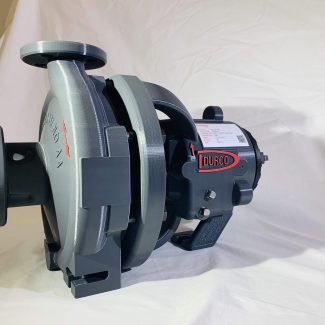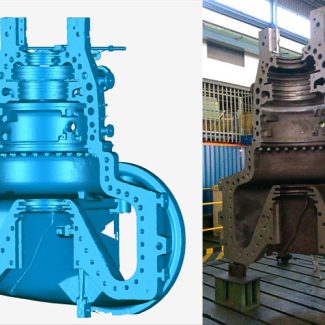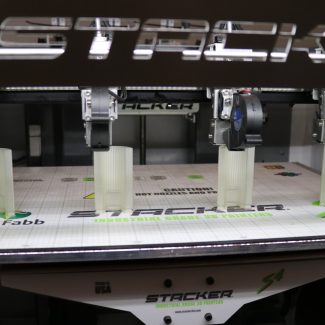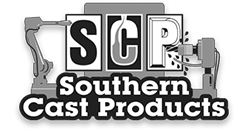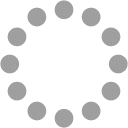It is true that 3D scanning has made its way through several industries. Product design has only been simplified with its services. Companies looking to develop their product have quickly made themselves familiar with the various uses and countless benefits of 3D scanners.
In this article, we will explain how 3D scanners have revolutionized various industries and the common benefit of implementing them in your product.
What is 3D Scanning?
3D scanning is the process of generating a digital representation of a physical, real-world object. This process includes a scanner that evaluates the object’s size, shape, and appearance. Then, with this data, manufacturers can use the 3D digital models to reconstruct, analyze, and stimulate new ideas.
3D scanners use lasers to measure the surface of an object. The beams sweep over its fine details and free-form shapes, generating quick and accurate results. It can garner precise measurements from even the most complex geometrical forms, which most traditional methods struggle with.
Applications for 3D Scanning
The following are the various ways industries have benefited from 3D scanners:
Automotive
With the help of this technology, designers can scan entire vehicles, including their components. Designers use this opportunity to customize and refine digital models before creating a physical prototype. They can also use digital models to conduct security tests and simulations to ensure the vehicles meet safety standards.
Medical and Healthcare
3d scanners can capture anatomical measurements like the shape and dimensions of a person’s bones and joints. These measurements are then used to create customized implants and prosthetics that fit the patient comfortably. It’s the perfect substitute for common ill-fitted prosthetics that can be uncomfortable.
Construction and Architecture
Architects use 3D scanners to document detailed measurements of existing buildings and structures. This allows them to plan renovations and incorporate new designs on old structures. These scanners can also map out entire landscapes and construction sites to better visualize the placement of their project in 3D.
Entertainment and Gaming
3D scanners are significant in the entertainment industry for creating immersive virtual environments, characters, props, etc. These scanners are often used to analyze an actor’s facial features, including their various poses and expressions. Designers will also replicate real-world objects for props, sometimes even adding customizations and details to the model.
Benefits of 3D Scanning for Product Design
Here are the many ways your product can benefit from using a 3D scanner:
- Accuracy and Precision: 3D scanners ensure the digital model perfectly resembles the actual physical object. It eliminates the concern for errors and miscalculations associated with traditional methods.
- Reverse Engineering: 3D scanning your products also gives you the chance to reverse engineer them. This technique is useful when deconstructing and modifying an existing flawed product.
- Captures Complex Geometry: Manually collecting data on complex geometric shapes can be incredibly time-consuming and full of errors. 3D scanners overcome this obstacle with their sharp ability for precision and accuracy.
- Speed and Efficiency: Besides being precise in collecting data, 3D scanners can complete their scan in a matter of minutes. This allows you to streamline operations and stay on track with your projects.
- Digital Prototyping: Instead of wasting resources on faulty physical prototypes, 3D scanning can help digitally refine your products. Any alterations and modifications can be made on screen before the actual prototype is produced.
3D scanners have become a common commodity in several industries, including entertainment, medicine, architecture, etc. With so many industries relying on it, it’s clear that this device is not without its benefits. 3D scanning captures data with sharp accuracy, provides opportunities for reverse engineering, and presents the measurements at quick speeds. Contact us for more information.




